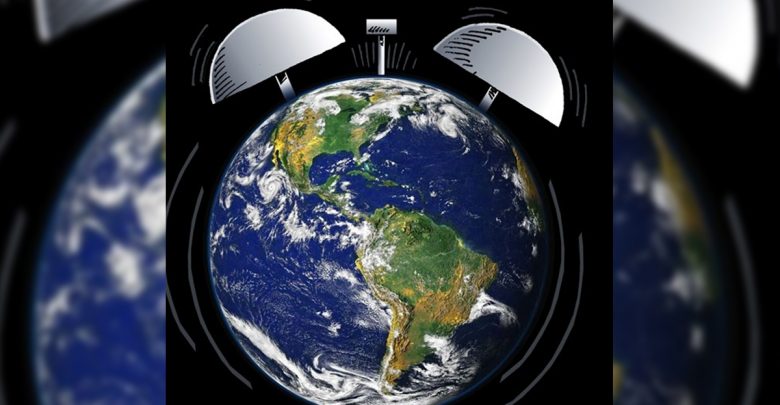Clear, practical action plans will motivate people to care about climate change
Such plans would help combat the often paralyzing amount of information we get about the issue
 Arcadio Esquivel
Arcadio EsquivelToday, humanity faces an existential threat unlike any other it has encountered: climate change. And yet, there are still people who still deny its effects, deeming environmental movements a total waste of time.
These people aren’t evil, though. Many are simply misinformed and overwhelmed.
In the mid-1980s, meteorologists discovered the presence of a hole in the ozone layer of the atmosphere. This was an environmental threat as the hole let ultraviolet light into the Earth, trapping it and raising global temperatures. The ozone hole was being created by the excessive use of chlorofluorocarbons (CFC), a chemical used in the production of aerosols as well as in a few other areas.
Communicating this concern to the general populace wouldn’t be easy. The “ozone layer” sounded far divorced from human life on Earth, and attempting to explain the complex science behind CFC breakdown in the atmosphere would likely be ineffective.
So instead, scientists, with the help of world leaders, laid out a clear plan on what had to be done. All people had to know was that aerosols were damaging the atmosphere and refusing to use them would help save the environment. The truth, of course, was more complicated; changes still had to take place at the industrial level, but getting populations on board was a step in the right direction. Just over three decades later, ozone leakage is beginning to decrease, and according to NASA, the Earth should see a completely healed ozone layer by the end of the 21st century.
How does this campaign differ from current environmental campaigns? The biggest difference is that now, there are a multitude of sources all espousing a multitude of ways to deal with environmental decay. There are too many corporations to avoid, too many products to boycott, and too many things that need to be done. Matto Mildenberger, political science assistant professor at the University of California, commented on the state of communication in the climate change movement, saying “If you overwhelm people, there’s some evidence that they can end up in some fatalistic mindset and feel unempowered.”
It’s also a matter of politics. There are world leaders who deny the effects of climate change to further their own vested interests in things like fossil fuels and big palm oil. They distort the facts, making it difficult to get everyone on the same page in regards to climate change’s very real effects. Paul Thagard, professor emeritus of the Department of Philosophy at the University of Waterloo, states that “If you’re a conservative politician, you just don’t want to believe [in climate change], because if there really is climate change caused by human activity, then there has to be government actions to stop the disastrous results that are probably going to come down the line in 20 or 30 years.”
How can individuals be expected to keep up with strategies of environmental revitalization when they seem to keep changing? With the ozone layer, it was made very clear what individuals must do: stop using aerosols.
Today, people have information literally at their fingertips, and that means that the individual has more power than ever to make combating climate change their own. They can be informed about what companies to boycott, or which leaders to elect who care about the environment and are able to communicate climate change priorities to the masses.
Ultimately, though, the wealth of options is too overwhelming to most. Not everyone has the time and luxury to sift through the many strategies to save the environment and pick out the ones that best suit them. The best way to motivate most people to save the environment, therefore, is to give them simple, cookie-cutter programs, similar to what was done in the 1980s. Through these, even individuals who care the least can put their effort towards making a difference.
Simple everyday changes like avoiding environmentally harmful products can do wonders for the environment in the long run, and the best way to further the battle against climate change is to make these simple changes well-known to the average citizen. Humanity is capable of saving itself from environmental collapse, but not without the right solution and certainly not without the power of numbers behind it.




